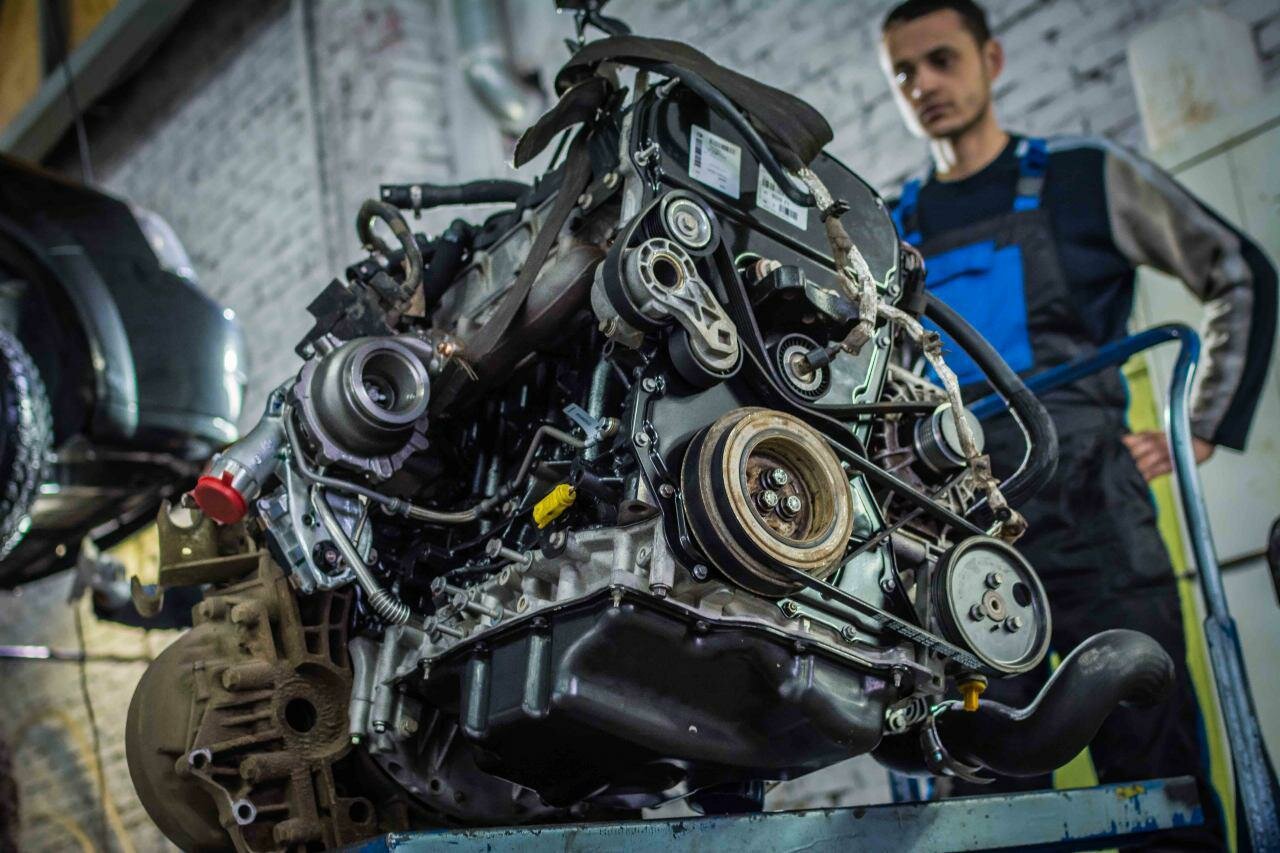Ford 3.5 Engine Overview
The Ford 3.5-liter engine, part of the EcoBoost family, has been a significant player in the automotive market since its introduction in 2007. Designed to provide a balance of power and efficiency, this engine has found its way into various Ford models, including the F-150, Explorer, and Taurus. The EcoBoost technology combines turbocharging and direct fuel injection, allowing for a smaller engine size while still delivering impressive horsepower and torque. This approach was aimed at meeting the growing demand for fuel-efficient vehicles without sacrificing performance.
Evolution and Popularity
As fuel prices surged and environmental concerns became more prominent, Ford’s EcoBoost engines gained traction among consumers looking for alternatives to traditional larger engines. The 3.5-liter variant quickly became popular due to its ability to produce power comparable to larger V8 engines while maintaining better fuel economy. This made it an attractive option for both everyday drivers and those seeking performance in their vehicles.
However, despite its advantages, the Ford 3.5 engine is not without its issues. Over the years, various problems have been reported by owners, raising concerns about reliability and long-term performance. These issues range from minor inconveniences to significant mechanical failures, prompting many to question the overall durability of the engine. Understanding these problems is crucial for potential buyers and current owners alike, as they can impact the ownership experience and the vehicle’s resale value. In the following sections, we will delve into the specific problems associated with the Ford 3.5 engine, providing a clear picture of what to expect.
Common Issues with the Ford 3.5 Engine
The Ford 3.5-liter engine has garnered attention for both its performance and its share of problems. While many drivers appreciate the power and efficiency it offers, several recurring issues have been reported. Understanding these problems is essential for current and prospective owners to make informed decisions regarding maintenance and repairs.
1. Timing Chain Tensioner Failure
One of the most significant issues reported with the Ford 3.5 engine is the failure of the timing chain tensioner. This component is crucial for maintaining the correct tension on the timing chain, which synchronizes the engine’s camshaft and crankshaft. When the tensioner fails, it can lead to:
- Engine misfires
- Rough idling
- Severe engine damage if not addressed promptly
The symptoms of a failing timing chain tensioner can escalate quickly, leading to costly repairs. Regular maintenance and timely inspections can help mitigate this risk.
2. Oil Leaks
Oil leaks are another common complaint among Ford 3.5 engine owners. These leaks often stem from the following sources:
- Valve cover gaskets
- Oil pan gaskets
- Timing chain cover seals
If left unchecked, oil leaks can lead to low oil levels, which may cause engine overheating and increased wear on engine components. Regularly checking oil levels and addressing leaks promptly is essential for maintaining engine health.
3. Overheating Issues
Overheating can be a significant concern for the Ford 3.5 engine, often resulting from:
- Coolant leaks
- Faulty water pumps
- Clogged radiators
Overheating can cause severe damage to the engine, including warped cylinder heads and blown head gaskets. Monitoring the engine temperature and addressing any signs of overheating immediately is crucial.
4. Fuel System Problems
Fuel system issues can also plague the Ford 3.5 engine, particularly related to the fuel injectors. Common problems include:
- Clogged or leaking fuel injectors
- Fuel pump failures
These issues can lead to poor engine performance, reduced fuel efficiency, and difficulty starting the vehicle. Regular fuel system maintenance can help prevent these problems.
5. Carbon Build-Up
Due to the direct injection technology used in the Ford 3.5 engine, carbon build-up on intake valves is a common issue. This can lead to:
- Reduced engine performance
- Increased fuel consumption
- Rough idling
Cleaning the intake valves periodically can help mitigate this issue and maintain engine efficiency.
Top views |
|
|---|---|
 |
Oil, Timing Chains, Pistons: What Really Kills an Engine Prematurely? |
 |
How to Choose a Car with a Reliable Engine: Used Car Market Hacks That Actually Work |
Symptoms and Consequences
Understanding the symptoms associated with these problems can help owners take proactive measures. Below is a table summarizing the common symptoms and their potential consequences:
| Symptom | Potential Consequence |
|---|---|
| Engine misfires | Timing chain tensioner failure |
| Oil spots under the vehicle | Oil leaks leading to low oil levels |
| High engine temperature | Overheating and engine damage |
| Poor acceleration | Fuel system issues |
| Rough idling | Carbon build-up on intake valves |




0 Comments